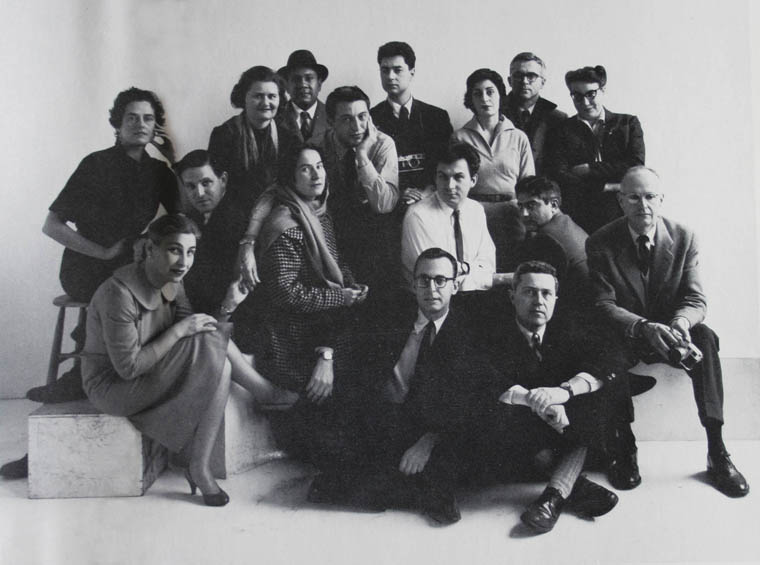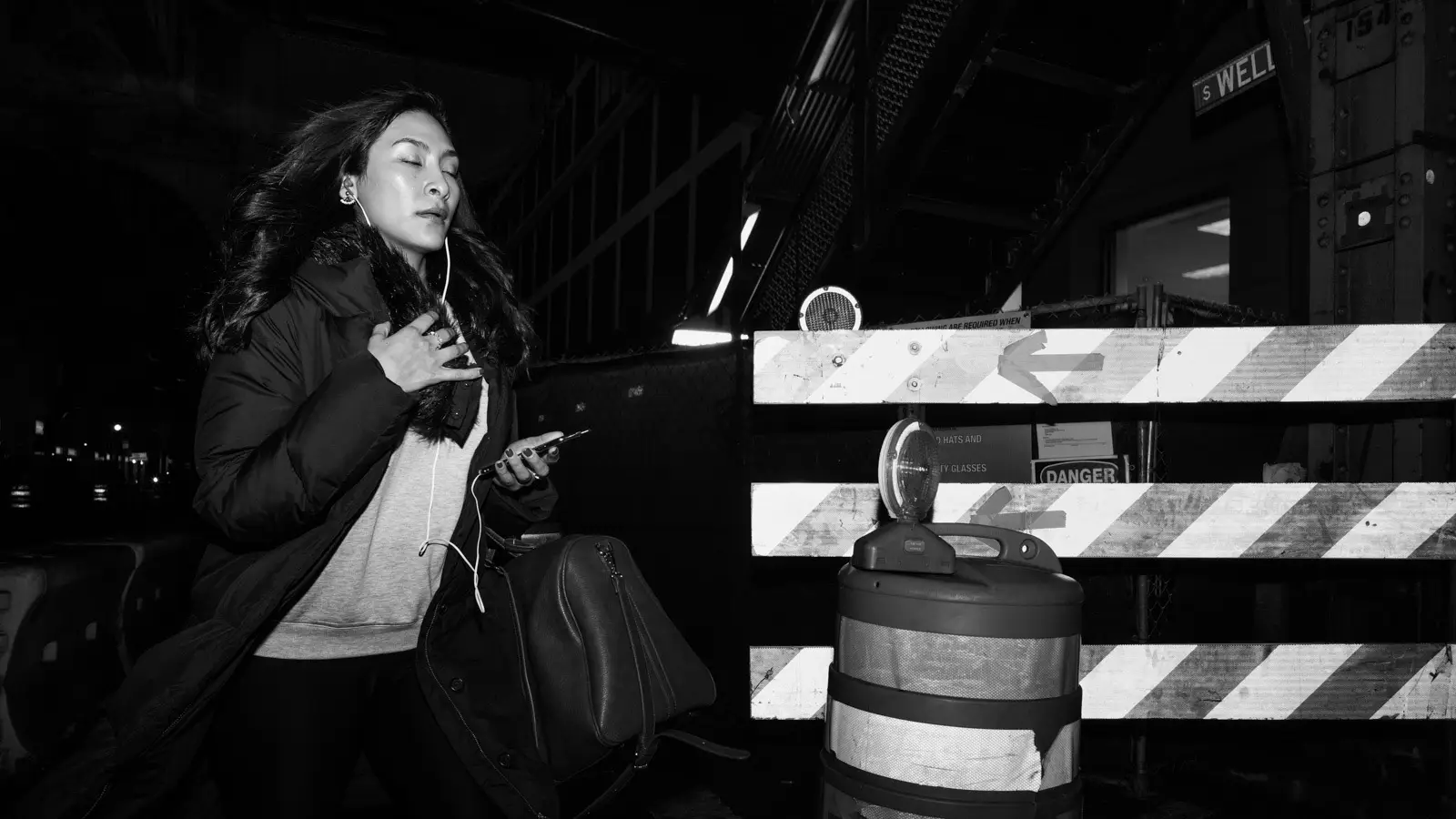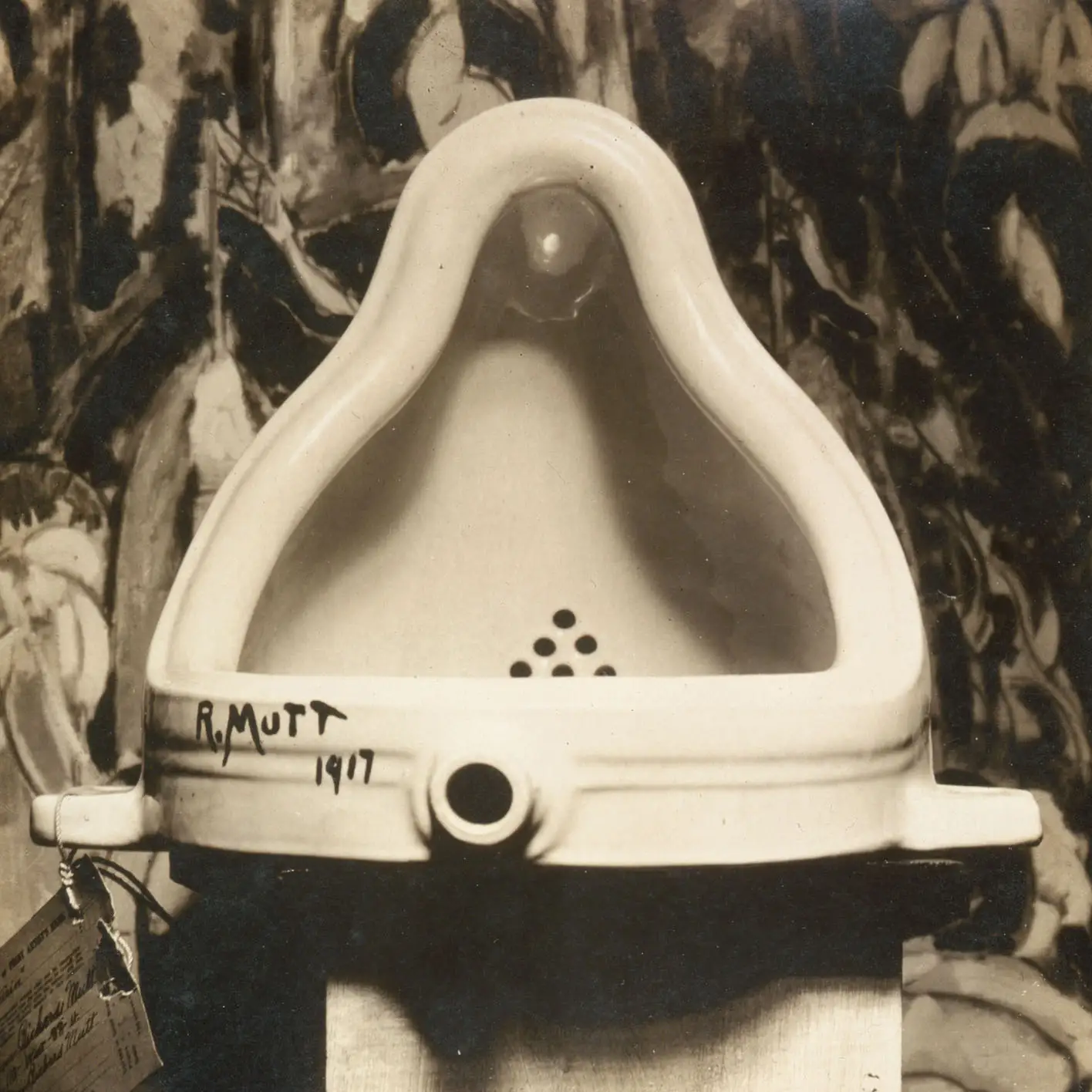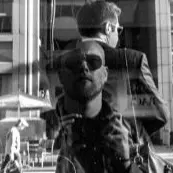Henri Cartier-Bresson
Born into a wealthy family in Paris (August 22, 1908), Henri Cartier-Bresson had the freedom and financial support to develop his photography career. While he started taking pictures at a young age (simple snapshots on a Box Brownie), painting was his primary passion for during his young life.
His uncle Louis, a gifted painter, introduced the five-year-old Henri Cartier-Bresson to oil painting. Unfortunately, Louis died during World War I, ending Henri’s early artistic instruction.
When 19-year-old Cartier-Bresson entered a private art school (1927), he resumed his studies, learning from the Cubist painter and sculptor André Lhote. While in this rule-driven school, Cartier-Bresson found himself pulled towards the new Surrealist movement (begun in 1924). In fact, he spent his free time socializing with the Surrealists at the Café Cyrano.
In spite intensive instruction and inspiration, Henri Cartier-Bresson was disappointed in his own paintings, leading him to destroy most of his early work.
Cartier-Bresson Takes to Photography
His mandatory stint in the army in 1930 led inadvertently to his next artistic adventure. Having read Joseph Conrad’s Heart of Darkness during his free time, he felt inspired to travel to French colonial Africa, specifically the Côte d’Ivoire. There, he longed to find a way to paint and change the world, yet he found himself spending most of his time hunting and selling the game to villagers in order to make a living.
A severe illness forced Henri Cartier-Bresson to return to France. He found a combination of his love for Africa and his love for Surrealism in a photograph by Hungarian Martin Munkacsci called Three Boys at Lake Tanganiyka.
Cartier-Bresson himself describes this influential turning point in his life: “The only thing which…brought me to photography was the work of Munkacsi. When I saw the photograph of Munkacsi of the black kids running in a wave I couldn’t believe such a thing could be caught with the camera. I said ‘Damn it,’ I took my camera and went out into the street.”
Henri Cartier-Bresson’s Early Work
Part of Cartier-Bresson’s early success arose from his use of the tiny Leica camera. The camera’s small size allowed him to photograph his subjects without their knowledge, a new possibility for photographers. He traveled across Europe for his subjects, wanting to capture ordinary life on film. His first exhibition was at the Julien Levy Gallery in New York in 1932.
After spending a few years in America, Cartier-Bresson returned to France and began working with Jean Renoir, a well respected French film director. Renoir showed Henri what it felt like to be on the other side of the camera by casting him in two of his films. Cartier-Bresson’s interest and work in film blossomed when he helped Renoir make a film for the Communist Party.
Cartier-Bresson as a Photojournalist
When he covered the coronation of King George VI for the French weekly magazine Regards in 1937, Henri Cartier-Bresson entered the world of photojournalism. This area of photography would be the one that would captivate him for the rest of his life. That same year he married a Japanese dancer, Ratna Mohini.
The Interruption of War
In September 1939, with the start of World War II, Henri Cartier-Bresson joined the French Army as a Corporal in the Film and Photo unit. Less than a year later, in June 1940, he was captured by German soldiers and spent nearly three years in as a prisoner-of-war doing forced manual labor for the Nazis. After two failed escape attempts, he finally succeeded in breaking free and returning to France.
His photography continued as Cartier-Bresson joined the French Resistance, photographing both the occupation and liberation of France. The end of the war allowed him to make his first documentary, The Return, at the request of the American Office of War Information. Released in America in 1947, this film inspired a retrospective of his work at the Museum of Modern Art (MOMA) in New York and the publication of his first book, The Photographs of Henri Cartier-Bresson.
Cartier-Bresson’s Book: The Decisive Moment
In the spring of 1947, Cartier-Bresson and several photographer friends, including Robert Capa and David “Chim” Seymour, began a cooperative picture agency called “Magnum Photos.” Spliting assignments among the members, Cartier-Bresson covered shoots in India and China. This career move led to international acclaim for Cartier-Bresson when he photographed Gandhi’s funeral (1948), the end of the Chinese Civil War (1949) and several other historic events.
His book, The Decisive Moment (1952) included 126 of his photos from around the world. Henri Matisse drew the book’s cover. The title comes from a quote by Cardinal de Retx (17th century) that is in the book’s preface: “There is nothing in this world that does not have a decisive moment.”
After this quote, Cartier-Bresson explained how this theory governed his own photography: “To me, photography is the simultaneous recognition, in a fraction of a second, of the significance of an event as well as of a precise organization of forms that give that event its proper expression.”
His first French exhibition followed this international success when his work was displayed at the Pavillon de Marsan in the Louvre in 1955.
In his work, Henri Cartier-Bresson traversed the globe and covered most of the major historical events of the 20th century. He died August 3, 2004, at the age of 95.



